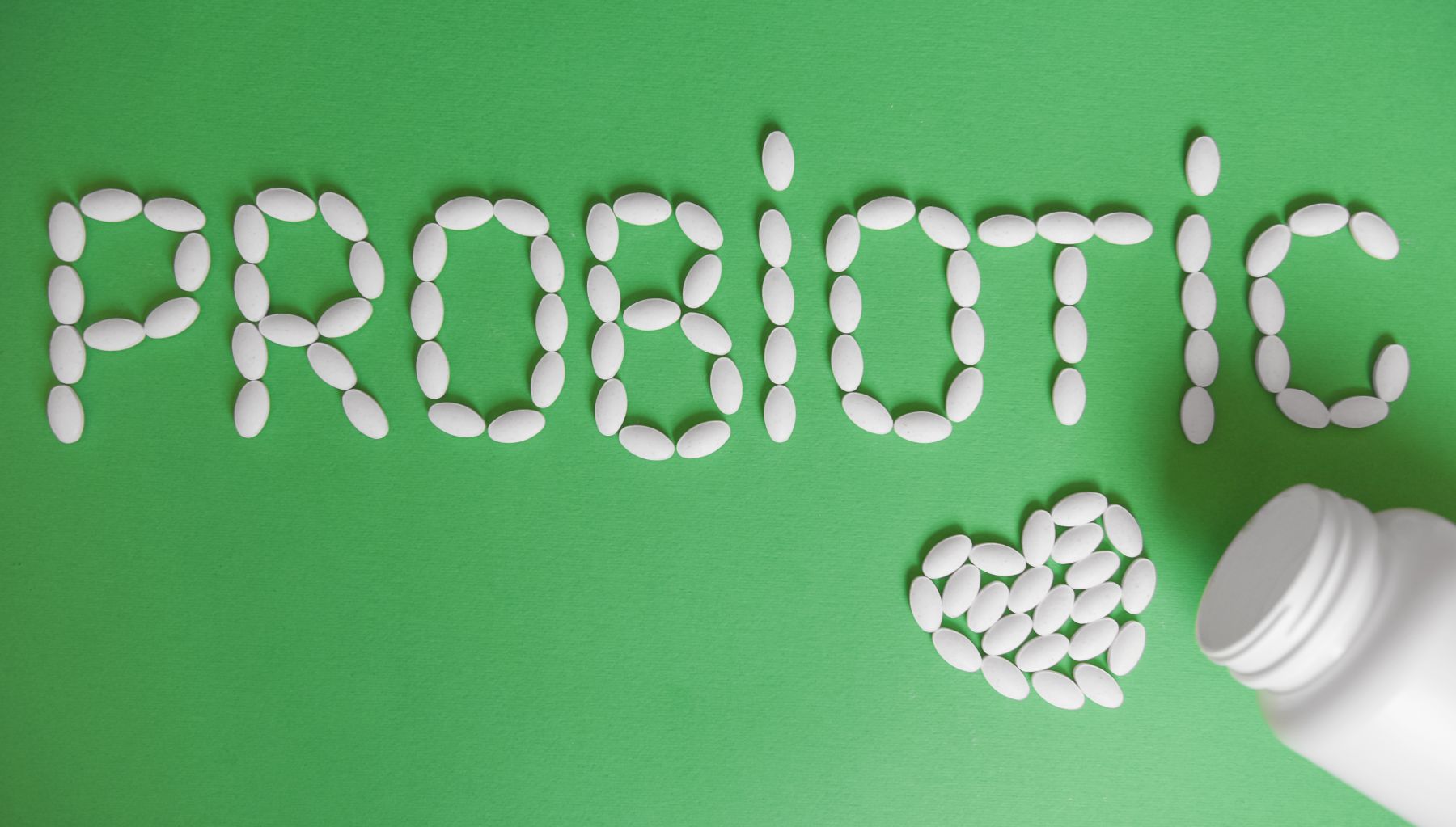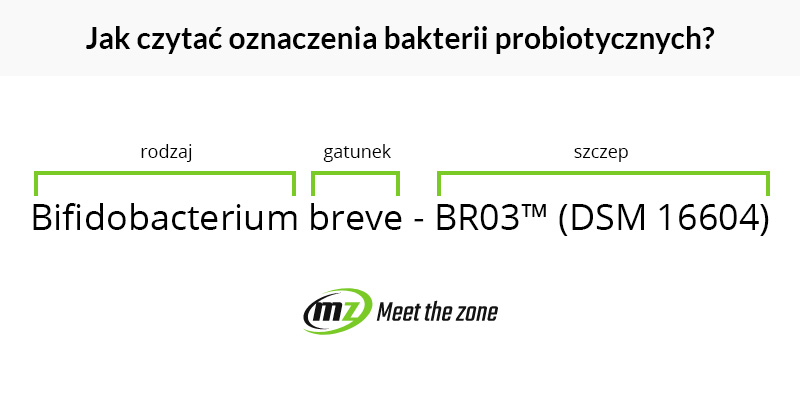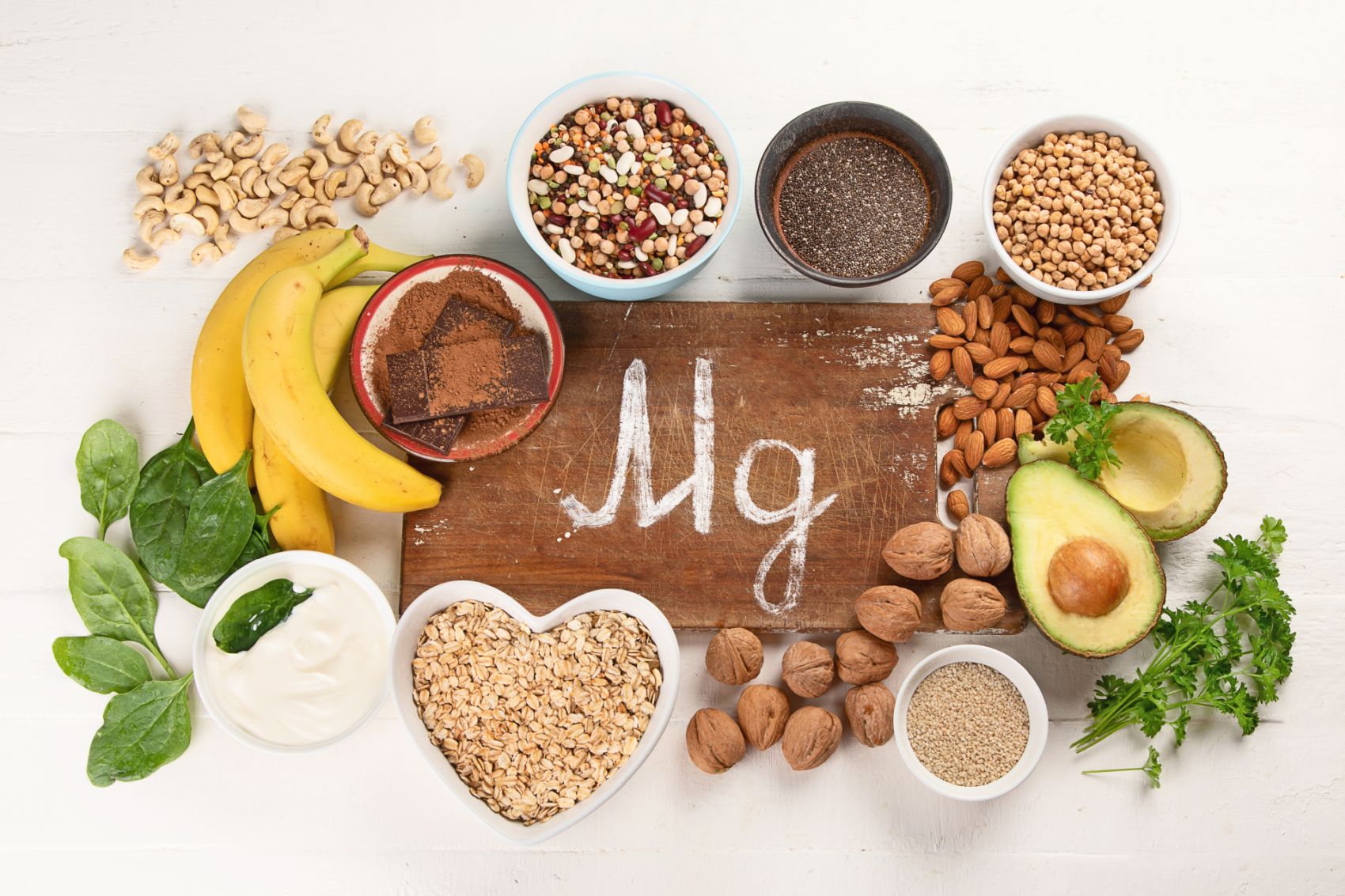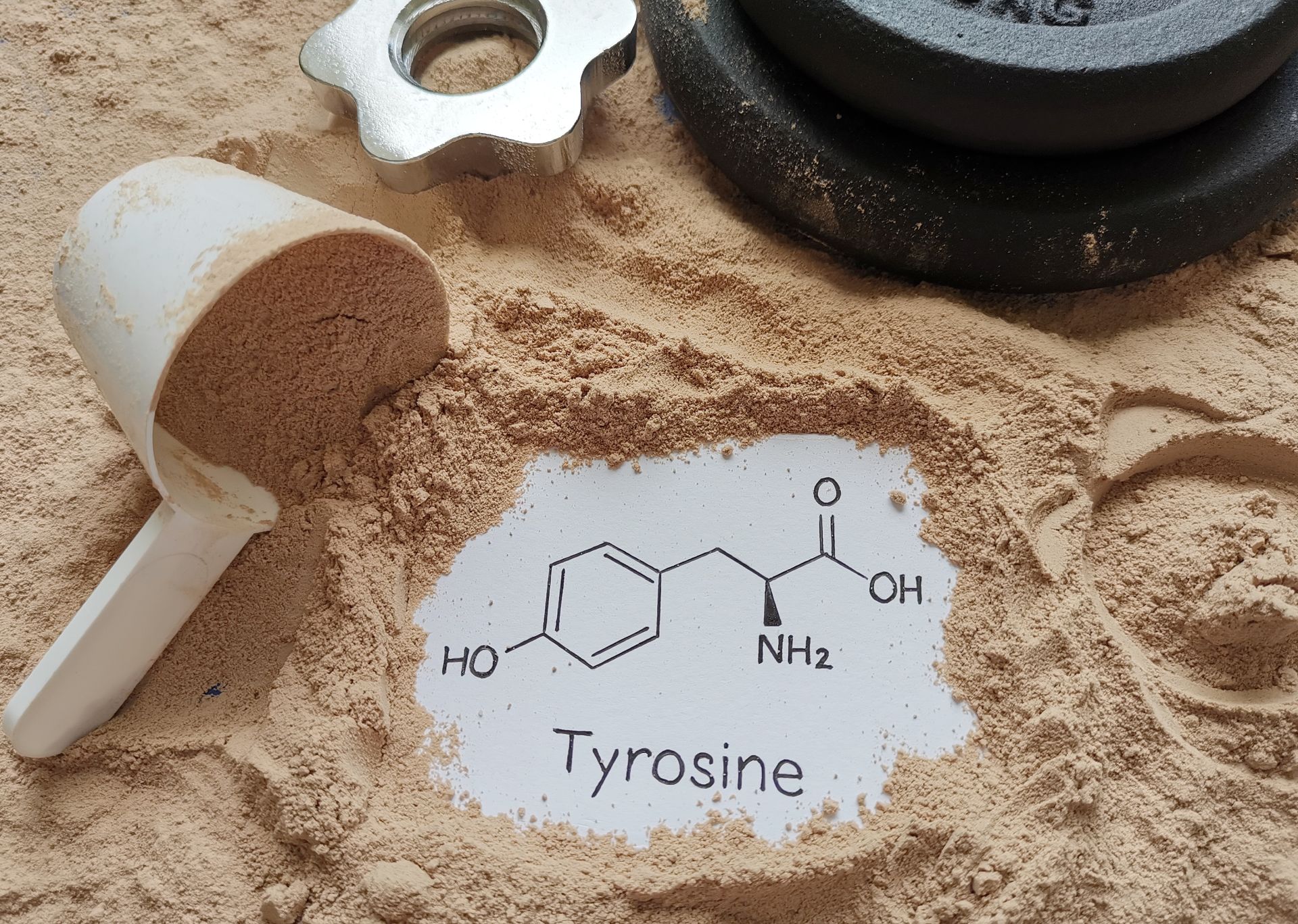What should you know about probiotics? Interesting facts and useful tips

We used to be panicky about any bacteria. With the advancement of science, the approach to these microorganisms has strongly changed. Today, the topic of the health-promoting properties of various bacterial strains is being strongly explored. The benefits of probiotics can be extensive, including: improved digestive comfort, weight reduction, improved lipidogram, or even stress reduction and improved mood.
It can be a challenge for the average person to choose the best probiotic for themselves. The market for probiotic products is now vast, and as is the case in the world, low-quality products are sometimes promoted on the wave of popularity. From this article you will learn what probiotics are and what to look for when choosing a probiotic for yourself.
- What conditions must a bacterium meet to be a probiotic?
- How to check probiotic labels?
- Are kefir and pickles good probiotics?
- Examples of good probiotic supplements
- Additional ingredients in probiotics
- What bacteria can be probiotics?
- Are probiotics safe?
- Can probiotics be given to children?
- What is the future of probiotics? Can it get even better?
What conditions must a bacterium meet to be a probiotic?
A probiotic is a specific bacterium that has been properly studied and exhibits specific characteristics. In short: the bacterium in question must be naturally occurring in the human microbiome, have proven beneficial properties for human health, have no pathogenic effects, and be stable enough to be used in the production of a supplement.
On the other hand, we can call a probiotic not only a bacterium, but also a finished product (supplement, medicine) containing one or a mixture of multiple probiotic bacterial strains.
However, if you are interested in a more detailed characterization of probiotics, a summary of functional and technological characteristics presented in the 2013 Proceedings of Microbiology [1] is helpful.
Functional characteristics of probiotic bacteria:
- origin from the human microbiome;
- defined generic and species affiliation, confirmed by molecular biology methods;
- Resistance to gastric juices and bile acids after oral intake;
- Retention of its probiotic properties after technological processing and relatively long storage period;
- Ability to adhere to epithelial cells due to surface properties;
- Absence of pathogenic, carcinogenic or invasive activity;
- ability to produce substances with antimicrobial activity, such as organic acids, hydrogen peroxide, or bacteriocins;
- Competition for receptors with pathogenic microorganisms such as E. coli and S. typhimurium;
- antagonism to common gastrointestinal pathogens;
- Beneficial effects on the host body, confirmed by clinical studies with good methodology.
Technological features of probiotic bacteria:
- ability to easily produce large amounts of biomass;
- resistance to preservation processes such as freezing or freeze-drying;
- viability and stability of bacterial properties during storage and distribution of finished products;
- high survival rate in the finished product;
- No deterioration of organoleptic characteristics of finished products;
- bacteriophage resistance and genetic stability.
The above characteristics are in line with FAO/WHO guidelines.
How to check probiotic labels?
Here we will address the second characteristic among the functional ones, namely the issue of strain affiliation labeling. The idea is that the full, 3-member name of the bacterial strain should be indicated in the composition of the probiotic supplement.

The graphic above should firmly illuminate the subject. A good probiotic should have all 3 members of the name presented. If, for example, instead of a full name like the one in the graphic, we had 'Bifidobacterium breve' alone, it would tell us very little about the product's effect. There are many different strains of B. breve, and while they may share some of the same characteristics, we don't know if they will all work on the human body the way we want them to. If you're looking specifically for BR03 because of its constipation-reducing effects, then reaching for a different strain of B. breve won't guarantee you that effect, and may even work completely differently on bowel motility.
Knowing the full name along with the letter-number designation (patent number), you can check what clinical trials have been conducted with this strain and exactly what properties have been reported.
PS. The BR03 bacterium has very interesting effects on humans and is found in the probiotic AH Bifido Forte!
Are kefir and pickles good probiotics?
These are undoubtedly valuable products that are desirable in a healthy diet, but probiotics cannot be called probiotics. A probiotic is a specific bacterial strain, not an entire food product, which may contain many different bacteria, for which we know neither the exact composition, nor their quantity or proportion.
While fermented products can indeed sometimes support the gut microbiome and improve intestinal function, they should not be called probiotics.
Examples of good probiotic supplements
Among single-strain probiotics reign supreme:
- Lactobacillus rhamnosus GG (such as Dicoflor, but also many other products)
- Saccharomyces boulardii yeast (e.g. Enterol, but has many substitutes)
- Limosilactobacillus reuteri Protectis from BioGaia
Often, however, you need more than one strain. Among multi-strain probiotics, look out for:
- Apollo's Hegemony Bifido Forte
- BioKult
- Lab One No1 Probiotic
- HelathLabs ProbioticMe
- Kirkman Bifido Complex
- Vivomixx
Additional ingredients in probiotics
The most common additive in probiotic bacteria are prebiotics. Prebiotics are usually polysaccharides that serve as a nutrient for bacteria and accelerate the proliferation of beneficial microorganisms in the gut.
Most commonly used as prebiotics for probiotics are:
- inulin
- FOS - fructooligosaccharides
- GOS - galacto-oligosaccharides
- acacia fiber
As a rule, such an additive makes a lot of sense, because it maximizes the effects of the probiotic. With a prebiotic, you can optimize the composition of the intestinal microbiome faster and more efficiently. However, it happens that we react worse to some prebiotics, experiencing intestinal revolutions. This is a strongly individual issue and it is worth observing your body. If you know that you have a hypersensitivity to a certain prebiotic, check the composition of probiotics carefully.
Sometimes other ingredients are added to probiotics. Sometimes these are plant extracts, vitamins, minerals. It is worth paying attention to whether such an additive certainly does not have an antibacterial effect and does not reduce the amount of live bacteria in the capsule or sachet.
What bacteria can be probiotics?
There are many types and species of bacteria that we consider probiotics. By far the most popular are lactic acid bacteria:
- Lactobacillus
- Bifidobacterium
Nevertheless, we also have available probiotics from the genera:
- Streptococcus
- Bacillus
- Lactococcus
And much rarer ones:
- Escherichia coli (e.g. Nissle 1917)
- Leuconostoc
- Pediococcus
- Enterococcus
- Carnobacterium
- Oenococcus
- Tetragenococcus
- Vagococcus
- Weissella
Separately, we will mention the very popular probiotic Saccharomyces boulardii. In the definition of a probiotic, it usually says bacteria. We separate S. boulardii from the rest because it is ... a yeast. Nevertheless, it has a huge amount of research confirming its effectiveness in many aspects, so it can stand in line with Lactobacilli and Bifidobacteria without shame.
Are probiotics safe?
In principle, yes, but it is still important to choose the right strains for one's needs and to interpret whether our current condition is a contraindication to probiotics.
Overall, up to 35 grams of bacterial dry weight is considered a safe amount of probiotics for a healthy 70-kilogram person, which is a very large amount.
What could be a contraindication? A popular example is the poor tolerance of many probiotics in cases of SIBO (bacterial overgrowth in the small intestine), although when taken well, they can help a lot. It can also be problematic to use probiotics after major medical interventions (such as cancer treatment), which can increase the permeability of the bacterial barrier.
When it comes to choosing probiotics, it's a good idea to be guided by the effects that have been noted in studies. One should be careful that by chance they are not opposite to our expectations. For example, if you are struggling with constipation, and you choose a probiotic that has an effect that slows down intestinal motility (making it helpful for diarrhea), you may even exacerbate your problem.
Can probiotics be given to children?
Yes, even newborns! If needed, probiotics for children can be given from the first days of life, even in babies born prematurely. It's just important to choose a strain (or mix of strains) that has a proven good effect in newborns.
A particularly popular treatment is the inclusion of probiotic therapy in newborns after cesarean section, as they have not had the opportunity to collect the "bacterial layette" from the mother's birth tract. Appropriately selected probiotics in such a situation can accelerate the process of restoring the physiological bacterial flora to be similar to that of babies born by natural birth.
What is the future of probiotics? Can it get even better?
There is a possibility that in the future science will focus more strongly on the creation of so-called pharmabiotics. We are talking about genetically modified bacteria that will be able to exhibit more precise action and produce stronger effects. Such superbacteria could be used as drugs to treat a variety of diseases, not just those affecting the digestive tract.
The pace of research into microorganisms and their relationship with humans is incredibly fast, and new information is increasingly surprising. Undoubtedly, we can expect a greater contribution of probiotic products to medicine and pharmacology in the near future.
Sources:
- Monika Jach, Renata Łoś, Maciej Maj, Anna Malm "PROBIOTICS - FUNCTIONAL AND TECHNOLOGICAL ASPECTS"| POST. MICROBIOL, 2013, 52, 2, 161-170
 ⮜ Previous article
⮜ Previous article
Magnesium - why is it so important?
 Next article ⮞
Next article ⮞